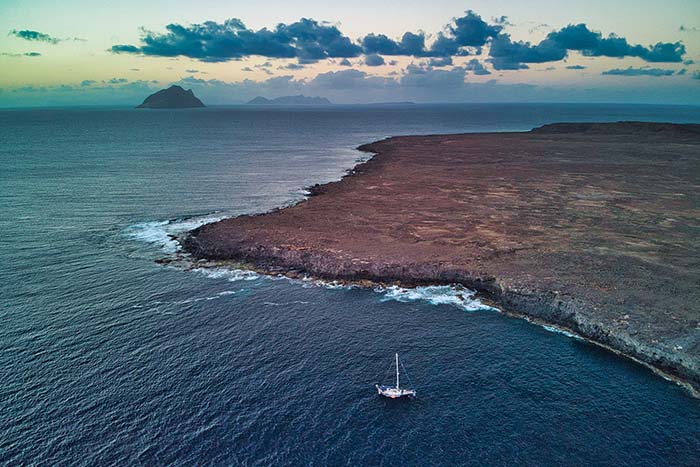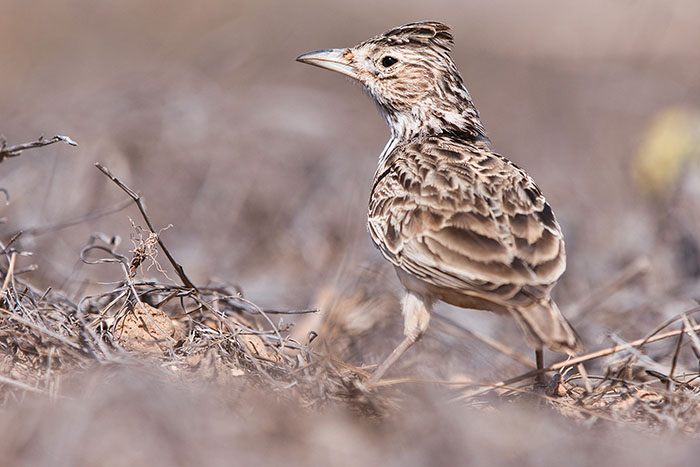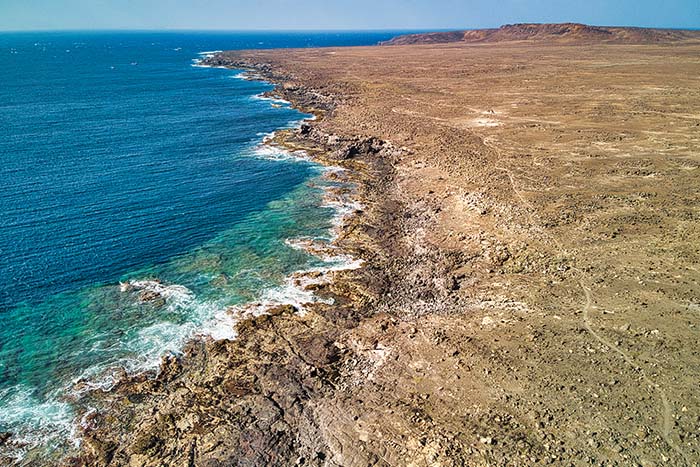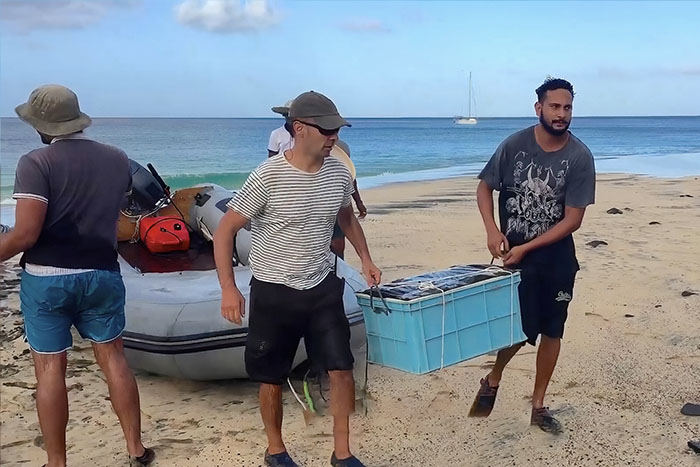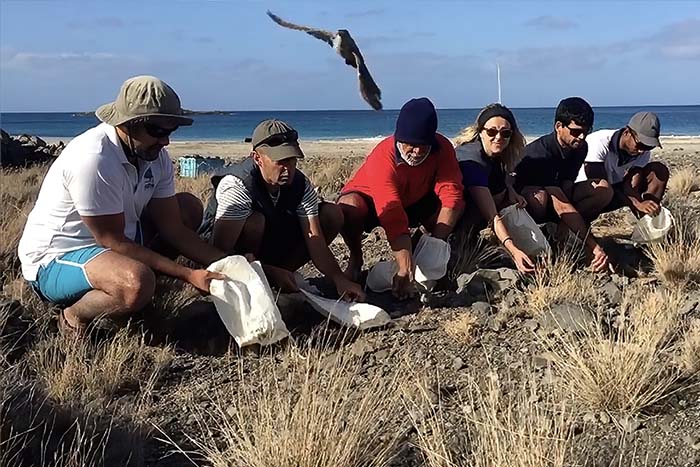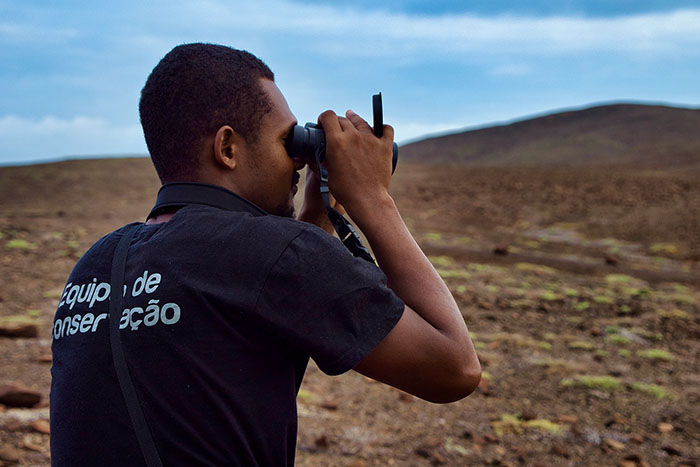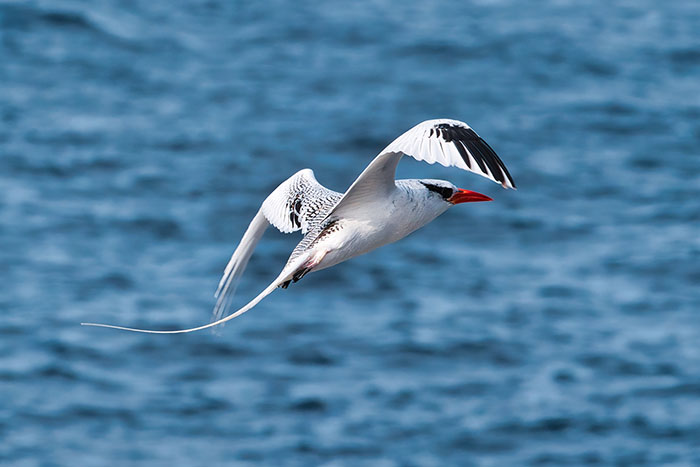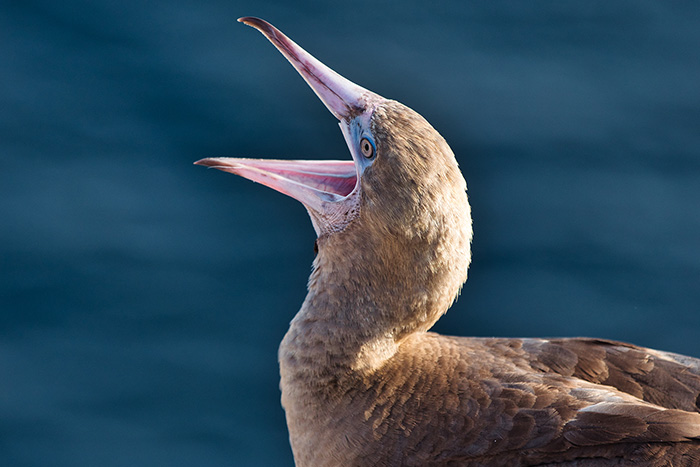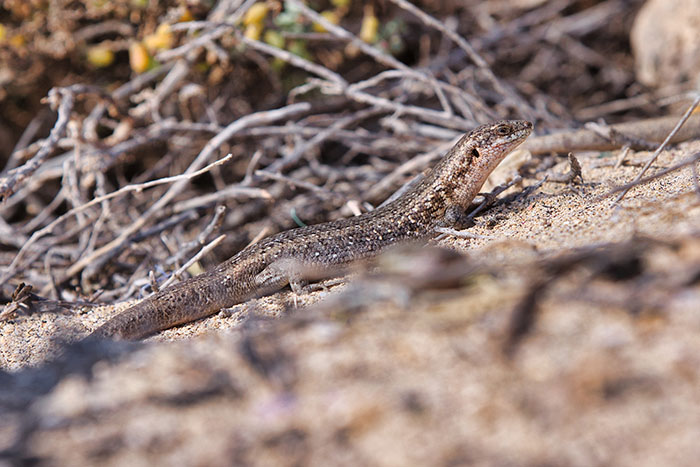Citizen Action⎢Cape Verde⎢2021
Saving
the Raso lark
In partnership with Biosfera

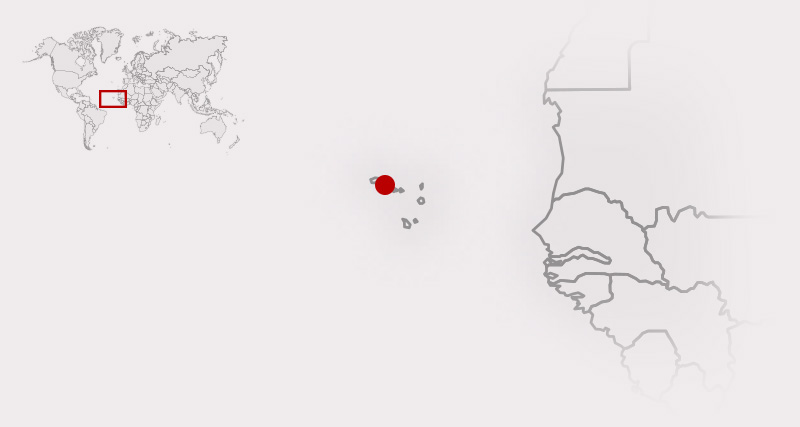
Endemic to the island of Raso within the Cape Verde archipelago, the Raso lark stands as one of the world’s rarest bird species. Uniquely adapted to its environment and heavily reliant on climatic conditions, particularly rainfall, the Raso lark faced imminent extinction in 2004, with just 57 individuals remaining.
In a pivotal move, the Cape Verdean association Biosfera, in collaboration with the Portuguese Society for the Study of Birds (SPEA), orchestrated a translocation of the species from Raso to Santa Luzia in 2018, rescuing the lark from the brink of extinction and rejuvenating the overall ecosystem of Santa Luzia.

1832
The island would generally be considered as very uninteresting; but to any one accustomed only to an English landscape, the novel aspect of an utterly sterile land possesses a grandeur which more vegetation might spoil. A single green leaf can scarcely be discovered over wide tracts of the lava plains; yet flocks of goats, together with a few cows, contrive to exist.
– Charles Darwin, Voyage of the Beagle, 1832, writing about the island of Santiago
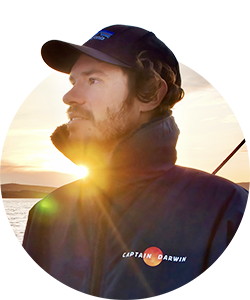
2021
Invasive species were introduced even before Darwin’s era, and their detrimental effects on natural ecosystems were already evident, notably the impact of cats and rats.
Post-Darwin, climate change has exacerbated the aridity of desert islands, adversely affecting species like the Raso’s Lark.
This near-extinction scenario for Alauda razae due to human activities was averted in the eleventh hour, thanks to a collaborative effort of dedicated scientists and concerned citizens committed to biodiversity preservation.

1832
The island would generally be considered as very uninteresting; but to any one accustomed only to an English landscape, the novel aspect of an utterly sterile land possesses a grandeur which more vegetation might spoil. A single green leaf can scarcely be discovered over wide tracts of the lava plains; yet flocks of goats, together with a few cows, contrive to exist.
– Charles Darwin, Voyage of the Beagle, 1832, writing about the island of Santiago

2021
Invasive species were introduced even before Darwin’s era, and their detrimental effects on natural ecosystems were already evident, notably the impact of cats and rats.
Post-Darwin, climate change has exacerbated the aridity of desert islands, adversely affecting species like the Raso’s Lark.
This near-extinction scenario for Alauda razae due to human activities was averted in the eleventh hour, thanks to a collaborative effort of dedicated scientists and concerned citizens committed to biodiversity preservation.
The problem
In the 15th century, Portuguese settlers arrived in Cape Verde for the slave trade, and at that time, the Raso Lark (Alauda razae) thrived on several islands in the northern part of the archipelago, namely São Vicente, Santa Luzia, Raso, and Sao Nicolau. Sadly, the arrival of humans had dire consequences for the local biodiversity, especially for this unique and endemic lark species.
The introduction of invasive creatures like cats, rats, and domesticated animals such as goats and cows, as observed by Darwin during his visit, inflicted a devastating blow to the population of Alauda razae. This species, accustomed to nesting on the ground due to the lack of abundant vegetation and low predator pressure, became vulnerable prey for the newly introduced animals.
Over the centuries, the population of Raso Larks has significantly declined. And the challenges didn’t end there. Although the larks were already adapted to an extremely arid climate, they still required access to fresh water for their survival. Unfortunately, climate change induced a notable drop in rainfall, exacerbating their struggle. Gradually, the human presence and the scarcity of rain forced the species to concentrate solely on the island of Raso. By 2004, a mere 54 individuals remained, raising serious concerns about the species’ imminent extinction.
The island of Raso, and, on the horizon, the profile of Santa Luzia (the second island from the left).
The island of Raso, like all desert islands, is particularly arid, a character reinforced by climate change.
The solution: translocate
Biosfera, a local association for biodiversity preservation, initiated a species rescue project funded by the Critical Ecosystem Partnership Fund (CEPF). Spearheaded by a team of biologists from the Portuguese Society for the Study of Birds (SPEA), the Cape Verdean government, and the University of Cambridge (Michael Brooke), this endeavor aims to safeguard the Raso Lark.
The project involves transferring dozens of Larks from Raso to Santa Luzia, a larger island located 20 kilometers (12 miles) to the north-west, with a higher probability of rainfall. Concurrently, efforts are underway to eradicate invasive species like cats, revitalizing a suitable habitat for the larks’ growth.
In 2018, 37 individuals were boat-transported, ringed, and reintroduced into the wild. With additional translocations over subsequent years, the results have been remarkable: a robust and sustainable population has been established in Santa Luzia, effectively averting the species’ extinction.
The rebirth of the ecosystem
The reintroduction of Raso larks on Santa Luzia has brought about positive effects that extend beyond the larks themselves. Notably, the eradication of cats has led to the thriving of other seabird species, such as brown boobies (Sula leucogaster) and straw-tailed birds (Phaethon sp.).
As these seabird populations are bolstered, it has also resulted in a boost for the population of lizards, like Chioninia stangeri. This interconnectedness highlights how the return of the larks positively impacts the entire fauna through a rebound effect. Additionally, the flora stands to gain from this intervention, as the guano produced by the seabirds acts as a potent natural fertilizer.
This underscores the remarkable synergy that emerges when taking actions to preserve biodiversity. Not only are such efforts intrinsically valuable, but nature often responds by enhancing the overall benefits, making it a double win for the ecosystem.
A Brown Booby, a seabird that nests on the cliffs of desert islands. This species has also recently developed.



Donate
Help us spread the word about biodiversity by supporting our Patreon!
Social Networks
Follow Captain Darwin on Social Networks to follow our adventures!
Send an email
A question? Something to say? A word of encouragement? Send us an email!
© Captain Darwin 2023 - 1 rue des Senneurs - 29 900 Concarneau - FRANCE

